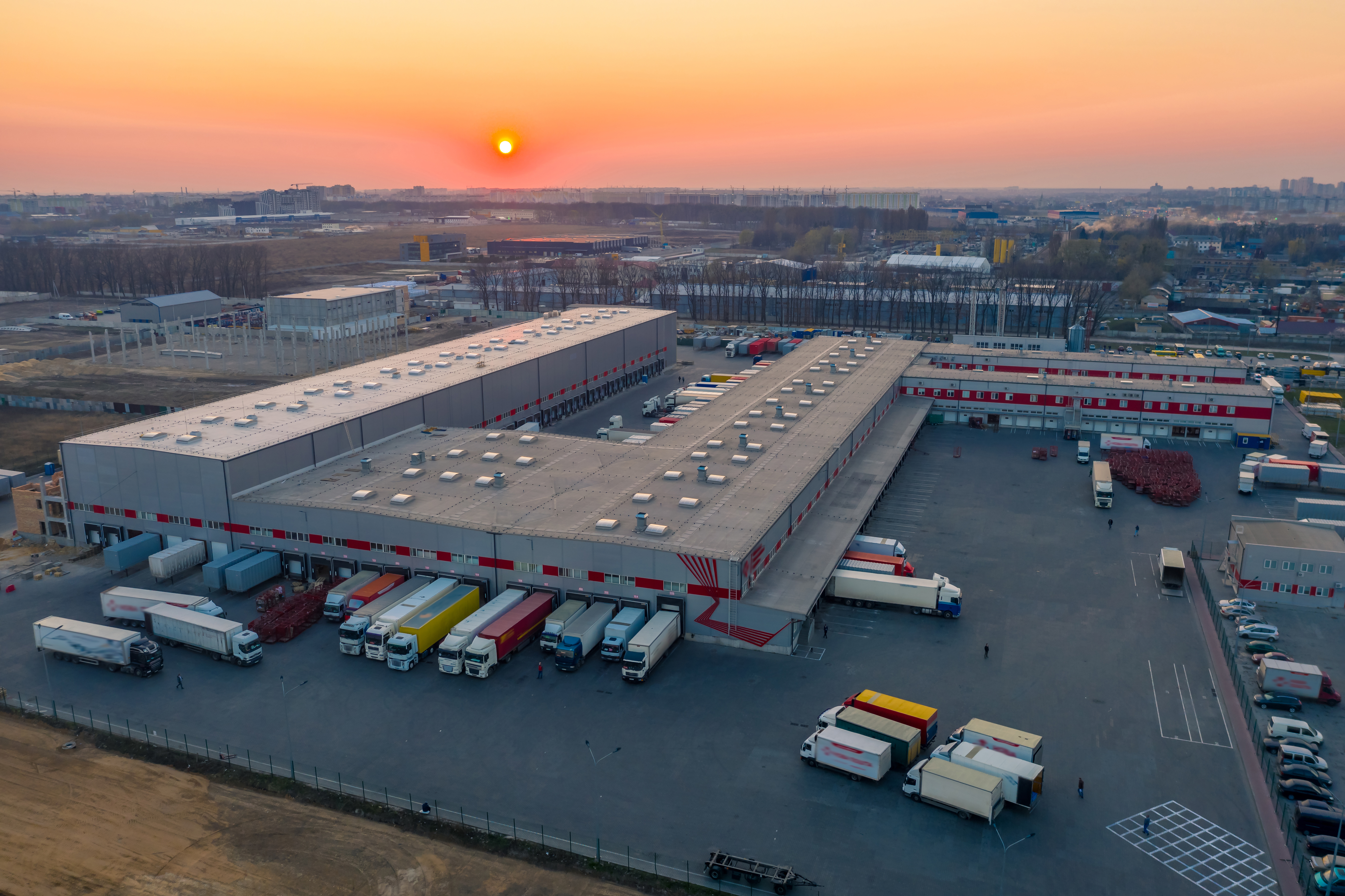How a digital twin enhances logistics operations

In our previous blog, we uncovered ways in which logistics operators can introduce customer-centric strategies, including enhancing personalisation within the check-out process. Today, we’ll explore the role of the digital twin in augmenting logistics operations.
What is a digital twin?
A digital twin is a digital model of real-world, physical asset that serves as a counterpart for the simulation, integration, testing, monitoring or maintenance of the physical asset. In the logistics industry, it can model a distribution network to test potential changes and assess the impact on a physical asset or place, ensuring any data-driven changes can be applied to the physical asset or place.
What does a digital twin do?
A digital twin model can help a business assess any changes to their distribution network, run ‘what if?’ scenarios, assess whether a network is fit-for-purpose if product demand or consumer behaviours change, simulate real-world operations to display outcomes depending on where you open distribution centres and much more.
Any changes made to physical assets are reflected in the digital twin model. Despite taking on many forms and possessing various attributes, each model links a physical asset to a digital model to offer a schematic view versus a genuine view of ground assets. This feature can help logistics operators to assess whether they positively supplement the existing distribution network to allow costs and benefits to be analysed digitally before allocating any costs towards bringing them into the physical world.
What difference can a digital twin make on logistics operations?
Digital twins instil logistics operators and retailers with confidence by enabling them to refine supply chain modelling. Through this, they can bolster the visualisation and analysis of their operations, simulate real-world interactions, enhance their decision-making and build a robust and agile distribution network.
Whether it’s monitoring a fleet of vehicles or orchestrating complex supply chain networks, digital twins ensure logistics operators and retailers can test scenarios, mitigate any challenges and hypothesise strategies to drive efficiency and resilience within their organisation. Amazon is typically leading the way and is one example of a company redefining the possibilities of building customer-centric distribution networks, described by SphereWMS as comprising of “…strategically located fulfilment centres, enabling fast and efficient shipping to customers worldwide.”
What makes a good digital twin?
In short, a good digital twin is a tool that is:
- Easy to use from setup to navigation, with a user-friendly interface. In the case of a distribution network, a good digital twin includes a map of the whole network
- Flexible to be able to model whatever is necessary and underpinned by structures that allow for this (likely to be scripting, not set variables)
- Able to produce outputs quickly and easily in the right format for users.
What happens next & how CACI can support
The impact of digital twins can be felt across the entire value chain. Once you’ve built a digital twin, evaluating and optimising from real-world data and feeding it back into the models you’ve got and to determine whether they were a success or not are all aspects of which CACI can support on. We have the data and technology to model that out and de-risks for companies by modelling in a system versus going by gut feelings.
CACI possesses the industry experience and data and consumer insights to help you deliver personalised customer experiences cross-channel at all stages of the customer journey. To find out more about how we can help you reach these goals, contact us today.